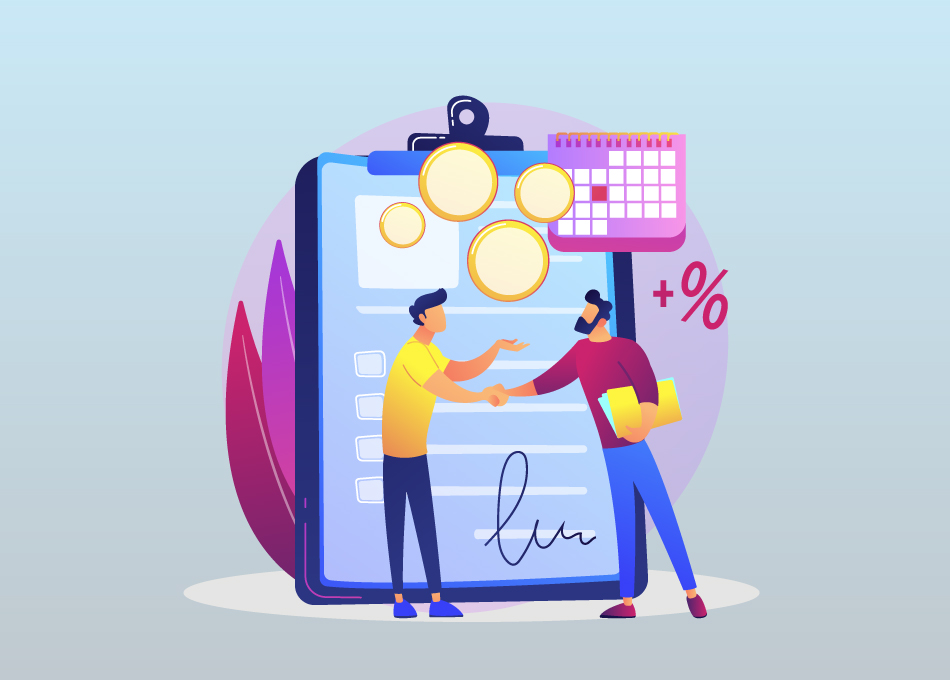When unexpected expenses arise, small personal loans can be a quick solution. These loans help you cover immediate needs, such as medical bills, home repairs, or other financial emergencies. If you are wondering how to get small personal loans, this article will guide you through the process step by step.
What Are Small Personal Loans?
Small personal loans are typically unsecured loans, which means you do not need to provide collateral, like a house or car, to secure the loan. They usually range from a few thousand rupees to around Rs. 2 lakh. Because these loans are unsecured, they often have higher interest rates compared to secured loans.
Why Might You Need a Small Personal Loan?
People might consider small personal loans for various reasons, including:
- Medical Expenses: Sudden medical emergencies can create a financial burden. A small personal loan can help you manage these costs.
- Home Repairs: Urgent repairs in your home, like a leaky roof or broken plumbing, may require immediate funding.
- Debt Consolidation: If you have multiple debts, taking a small personal loan can help consolidate them into a single payment, making it easier to manage.
- Travel or Events: Sometimes, you may need a little extra cash to fund a vacation or a family event.
Step 1: Assess Your Financial Situation
Before applying for a loan, it is essential to evaluate your financial condition. Consider the following:
- Monthly Income: Determine how much you earn each month.
- Expenses: List all your monthly expenses to see how much you can afford to pay back each month.
- Existing Debts: Take note of any other loans or debts you have. This will help you understand your debt-to-income ratio.
Having a clear picture of your finances will make it easier for you to decide how much you need to borrow.
Step 2: Research Lenders
Once you know how much you need, research different lenders. Here are some types of lenders you might consider:
- Banks: Traditional banks often offer personal loans but may have stricter requirements.
- Credit Unions: These member-owned institutions may provide loans at lower rates.
- Online Lenders: Many online platforms offer quick approval and disbursement. They may have more lenient requirements but could charge higher interest rates.
When comparing lenders, pay attention to their interest rates, terms, and fees.
Step 3: Understand Interest Rates
Interest rates are crucial when it comes to loans. You might come across the terms flat interest rate and reducing interest rate. Understanding these can help you make a better decision and it is important to know flat interest rate vs. reducing interest rate.
- Flat Interest Rate: This means that the interest is calculated on the entire loan amount for the entire tenure. For example, if you take a loan of Rs. 1 lakh for three years at a flat rate of 10%, you will pay Rs. 10,000 in interest each year, totaling Rs. 30,000 by the end of the loan period. This option may seem attractive but can be costlier in the long run.
- Reducing Interest Rate: With this method, interest is calculated only on the remaining balance of the loan. For example, if you have a loan of Rs. 1 lakh and you repay Rs. 20,000 in the first year, interest will only be calculated on Rs. 80,000 for the next year. This option can be cheaper over time compared to a flat interest rate.
Step 4: Prepare Your Documents
Lenders will ask for various documents to process your loan application. Commonly required documents include:
- Proof of Identity: A government-issued ID like an Aadhar card or passport.
- Proof of Address: Recent utility bills or bank statements.
- Income Proof: Salary slips, bank statements, or income tax returns.
- Employment Details: Information about your current job and employer.
Having these documents ready can speed up the approval process.
Step 5: Apply for the Loan
After choosing a lender and gathering your documents, you can apply for the loan. This can usually be done online or in person. Follow these steps:
- Online Application: Go to the lender’s website and fill out the application form. Upload the required documents.
- In-Person Application: If you prefer, you can visit the lender’s branch to submit your application and documents.
Step 6: Wait for Approval
Once you have submitted your application, the lender will review it. They may contact you for more information. The approval time can vary, but many online lenders offer quick processing, sometimes approving loans within hours.
Step 7: Loan Disbursement
If your loan is approved, the lender will send you an offer detailing the amount, interest rate, and repayment schedule. Read the offer carefully before accepting it. Once you accept, the funds will typically be deposited into your bank account shortly after.
Step 8: Repay Your Loan
Timely repayment is crucial to maintain a good credit score. Most lenders offer flexible repayment options. You can choose to pay monthly EMIs or make lump-sum payments if allowed.
Tips for Managing Your Loan
- Set Up Reminders: To ensure you do not miss payments, set up reminders or automate payments from your bank account.
- Budget Wisely: Include your loan repayment in your monthly budget to manage your finances better.
- Communicate with Your Lender: If you face challenges in making payments, contact your lender. They may offer assistance or alternatives.
Conclusion
Learning how to get small personal loans is a valuable skill that can help you during financial emergencies. By assessing your needs, researching lenders, understanding interest rates, and preparing your documents, you can secure a loan that meets your requirements. Whether you need to cover medical expenses or consolidate debt, a small personal loan can provide the relief you need. Just remember to manage your repayments responsibly to maintain a healthy financial future.


